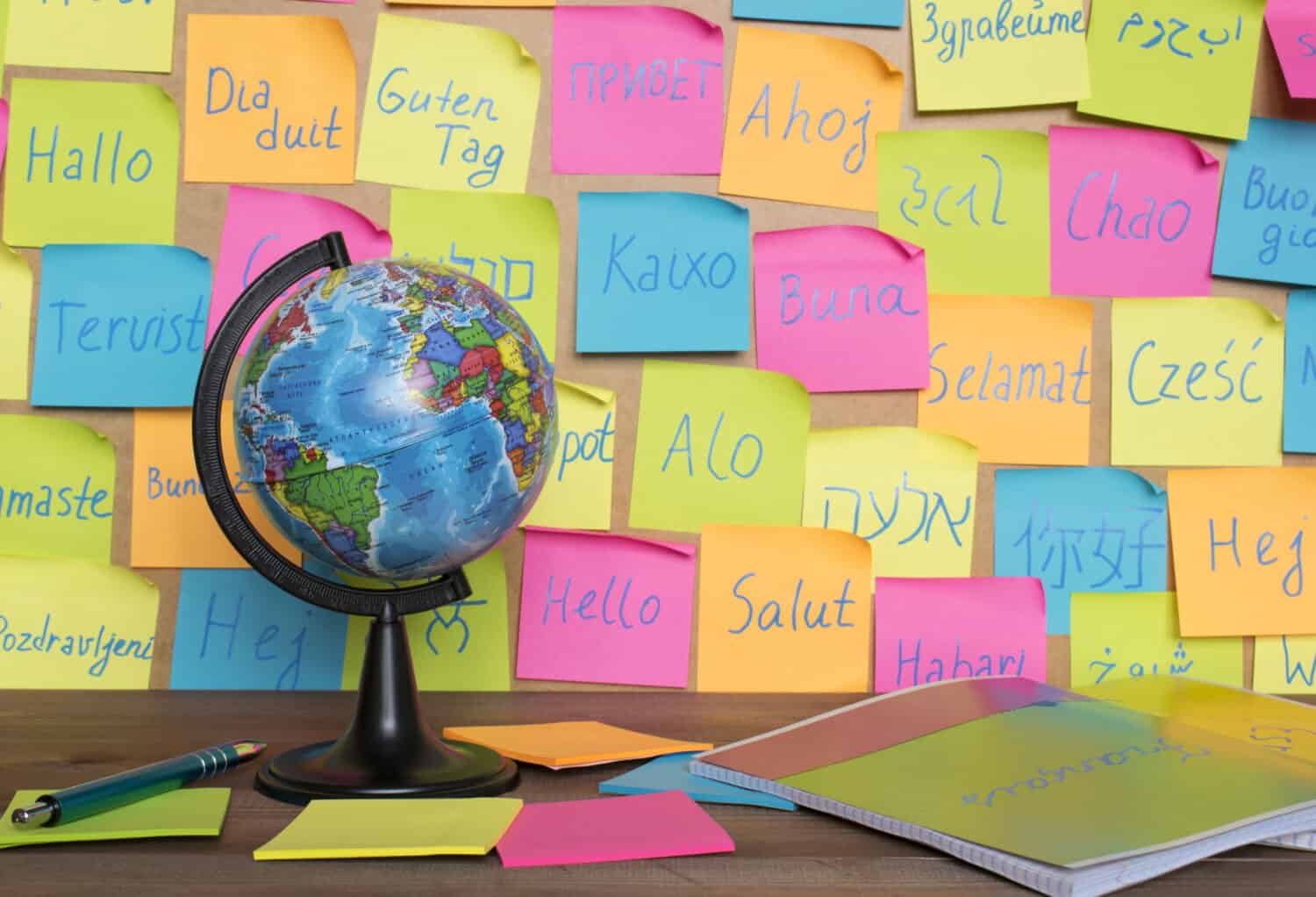An estimated 6,700 languages are currently spoken worldwide, but around 40% are in danger of disappearing altogether. Although the linguistic community does not define any given language as “rare,” it is possible to look broadly at the world’s languages to discover the rarest languages still spoken on Earth today. Many of these languages, classified in varying states of vulnerability by the United Nations, are Indigenous. The United Nations indicates that Indigenous populations speak more than 4,000 of the world’s languages. Many of the languages on this list are the main languages of indigenous groups in various parts of the world.
This list is not a comprehensive ranking of all the rarest languages in the world. Unfortunately, we do not know much about many languages that might be even rarer than the ones in this list. The greatest care has gone into finding the most accurate and recent number of speakers for the languages on this list. Keep in mind that language communities are ever-evolving. Unfortunately, many of these rare languages remain critically endangered due to several factors.
Discover more about some of the rarest languages still spoken in parts of the world today. People still communicate in and document rare languages, from high in the mountains of the Caucasus region to the islands of Hawaii.
1. Tsuut’ina – 17 speakers
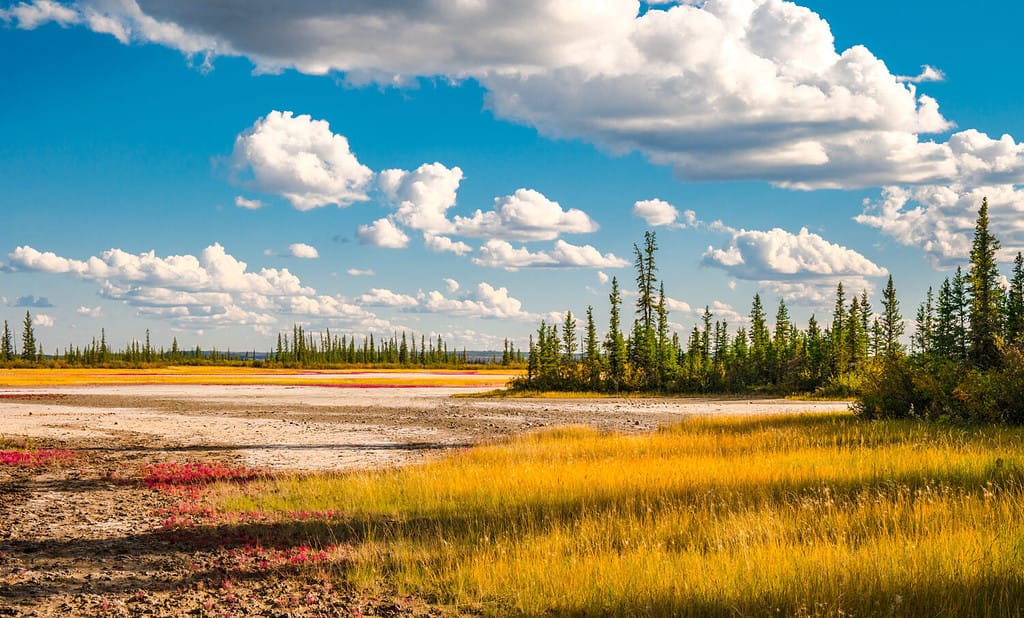
Although 2,400 members of the Tsuut’ina live in Alberta, fewer than 20 still speak their language fluently.
©Dancestrokes/Shutterstock.com
One of the most endangered languages in the world is an indigenous language spoken by the Tsuut’ina Nation of present-day Calgary, Alberta, in Canada. The language is Athabaskan, which is closely related to other languages spoken by Dene peoples in Alaska and northern Canada. However, this language is also related to languages spoken in the southwestern United States, which indicates the ancient migrations of peoples across North America.
According to the University of Victoria, only 17 fluent speakers of Tsuut’ina remained in 2021. However, a program founded in 2008 called the Tsuut’ina Gunaha Institute encourages language learning and revitalization. Increasingly, parents and children speak the language spoken at home with each other.
2. Kallawaya – ~100 speakers
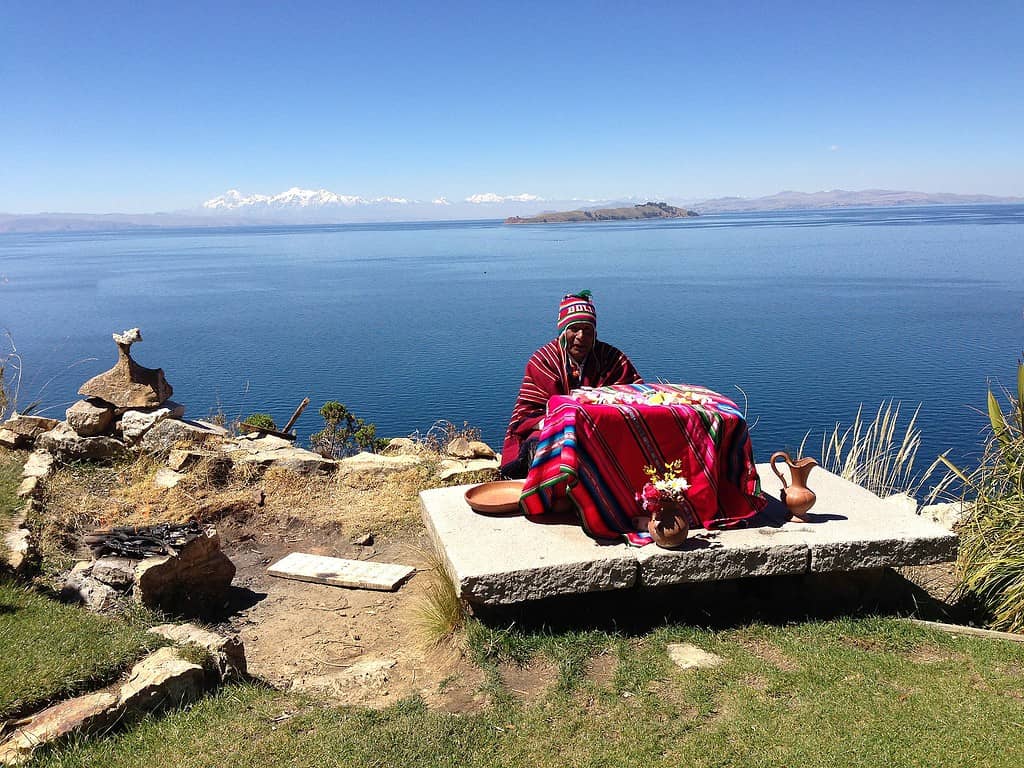
A few men use Kallawaya for traditional ceremonies, contributing to its decline.
Parents have never taught their children one of the rarest languages spoken today. Young men are introduced to Kallawaya in Bolivia as part of an initiation into traditional herbalist medicine practices. Although it is used as a language for rituals, it is also used for everyday speaking between these traditional healers.
As of 2009, fewer than 100 Kallawaya speakers live in Bolivia, as estimated during the creation of the PBS documentary The Linguists. Many speakers of Kallawaya also speak other languages, especially the more dominant Spanish and local Quechua, a widespread indigenous language spoken in the Andes Mountains. One of the rarest languages still spoken worldwide might not exist much longer as traditional practices decline.
3. Jedek – 280 speakers

Before 2017, researchers were unaware that a separate language, Jedek, was spoken by people living in isolated parts of Malaysia.
©Lorsa/Shutterstock.com
Before the 21st century, most people did not know that Jedek existed. Previously unrecognized as a unique language, Jedek is spoken by less than 300 people in Peninsular Malaysia. This group once consisted of forager bands who lived along the Pergau River. Jedek is an Aslian language related to, but distinct from, Menriq, Batek, Jahai, and other languages in Malaysia.
People who speak Jedek consider themselves ethnically Menriq or Batek. However, while their language is closely related to these languages, it is distinct linguistically. To complicate matters, Jedek speakers often are fluent in various Aslian languages due to close contact with other communities.
4. Istro-Romanian – ~500 speakers
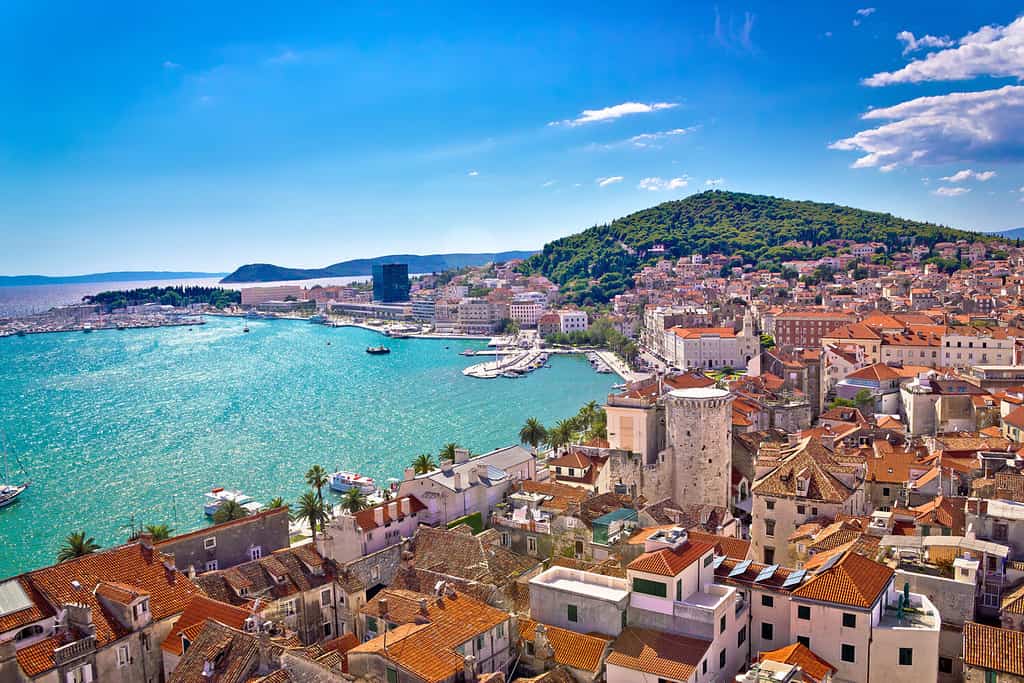
Most people who still speak Istro-Romanian live in Croatia, particularly in smaller villages.
©xbrchx/Shutterstock.com
The Istro-Romanian language is a Romance language originating in the Balkans. It is in the same family as Italian, Spanish, and French, which means it is descended from Latin. The language likely grew out of communities in Bosnia and Herzegovina, Serbia, and Croatia during the Middle Ages. They eventually settled in the Istrian peninsula after numerous Turkish invasions in the 15th and 16th centuries.
A study in the early 2000s estimated fluent speakers of Istro-Romanian around 500. Although more recently updated numbers cannot be found, fewer speakers likely exist now. Some estimates indicate that more fluent speakers might live outside Croatia, but it is hard to establish the exact number. Many speakers living in Croatia in the 2010s were older and also bilingual in Croatian.
5. Tlingit – 500 speakers
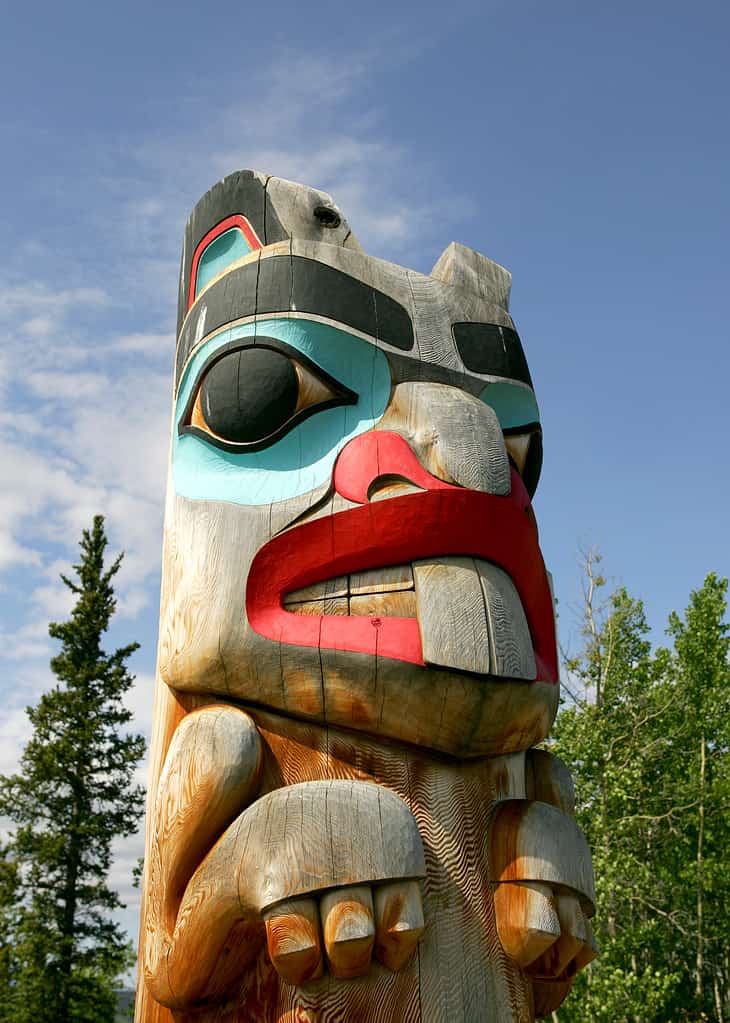
Members of the Tlingit community strive to protect aspects of Tlingit culture beyond language, including totem poles.
©oksanaphoto/iStock via Getty Images
An indigenous language spoken by the Tlingit people in southeastern Alaska, Tlingit is an Athabaskan language. The language has unique elements, including over 50 phonemes or distinct units of sound. For example, Tlingit has 47 consonants compared to 24 in English. While one of the most unique languages, it remains one of the rarest languages still spoken.
Current estimates as of 2023 show around 500 speakers of Tlingit across 16 communities living in Alaska. About 10,000 people identify as members of the Tlingit group, meaning the language is very rare, even among its indigenous people. No children currently learn the language as their native language, and many speakers are over 60, putting it in critically endangered status by UNESCO.
6. Cornish – 563 speakers

Originating in Cornwall, England, Cornish became extinct in the 1800s before being revived years later through dedicated efforts.
©ian woolcock/ via Getty Images
Cornish, or Kernewek, is a Celtic language related to other languages in the area, like Breton, Welsh, and Gaelic. It descended from a language spoken in the United Kingdom before Roman or Saxon influence that split into Cornish, Welsh, Breton, and Cumbric. In the 19th century, Cornish almost became extinct. Efforts in the early 20th century helped revive the language to avoid dying out. UNESCO moved the language from extinct to critically endangered in 2010.
At its peak, as many as 38,000 people may have spoken Cornish in the Middle Ages. Today, fewer than 600 are classified as speakers. But advanced efforts to revive Cornish further are active in Cornwall. The group Go Cornish helps over 10,000 students in 50 schools learn the language.
7. Udi – 8,000 speakers

Armenia is one of the countries where the Udi language still has speakers, as well as Georgia, Azerbaijan, and Russia.
©iStock.com/marlenka
Udi originated in the Caucasus region, with its development dating back to 2,000 BCE. Although less prominent in the area than Georgian and Armenian, Udi has a distinct alphabet. The use of the Udi script can be traced to centuries ago. Uniquely, Udi has unusual grammatical characteristics, such as suffixes that can show up in the middle of a root verb rather than at the end of the word.
Today, an estimated 8,000 people fluent in Udi live in Russia, Azerbaijan, Georgia, and Armenia. Efforts to continue to revive the language to prevent its extinction are gaining popularity among Georgian researchers.
8. Tsez – 14,000 speakers
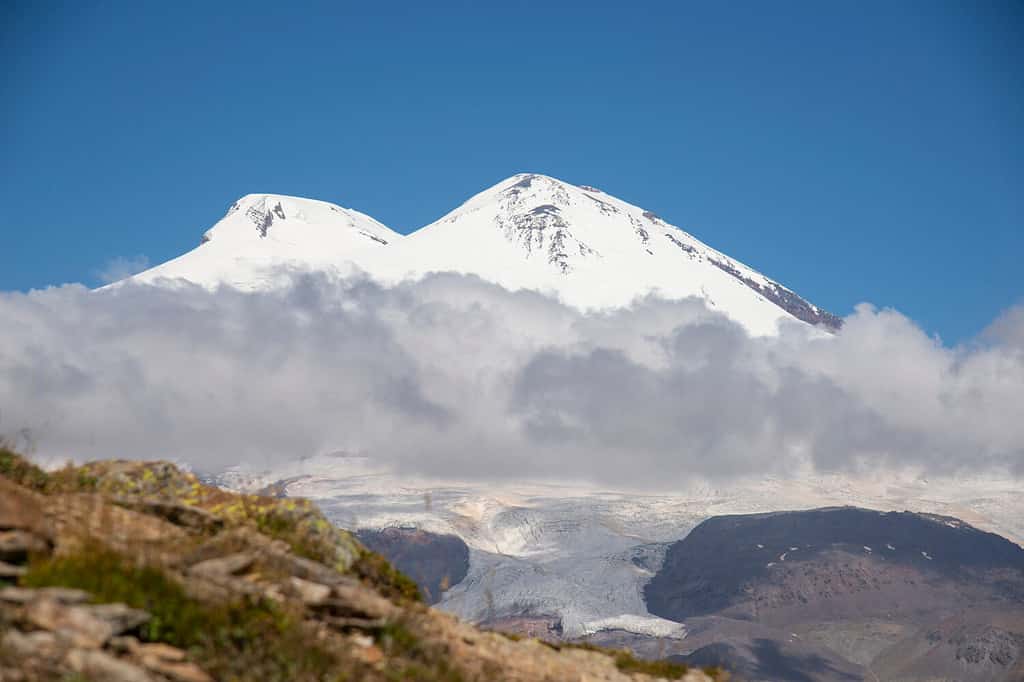
The Tsez language is spoken by a Muslim-majority group living in the Caucasus Mountains region of Asia.
©Photo_Olivia/Shutterstock.com
In the Caucasus region of Asia, people living in the mountains speak another of the world’s rarest languages. Tsez is a language spoken by the Tsez people, who live primarily in the Caucasus Mountains. Also known as Dido, Tsez is mainly an oral language without a written script. Many linguists consider Tsez to be a complicated language for those who do not grow up speaking it. For example, Tsez has four genders broken into masculine and feminine classes. It is also ergative, meaning you can describe two types of subjects.
About 14,000 people living in the mountains in Russia and Georgia still speak Tsez. However, Tsez does not feature a solid literary tradition, which means only a few traditional Tsez folklore have been recorded. Younger people are not taught the language in school, so they are often more fluent in Russian.
9. Sarikoli – 16,000 speakers
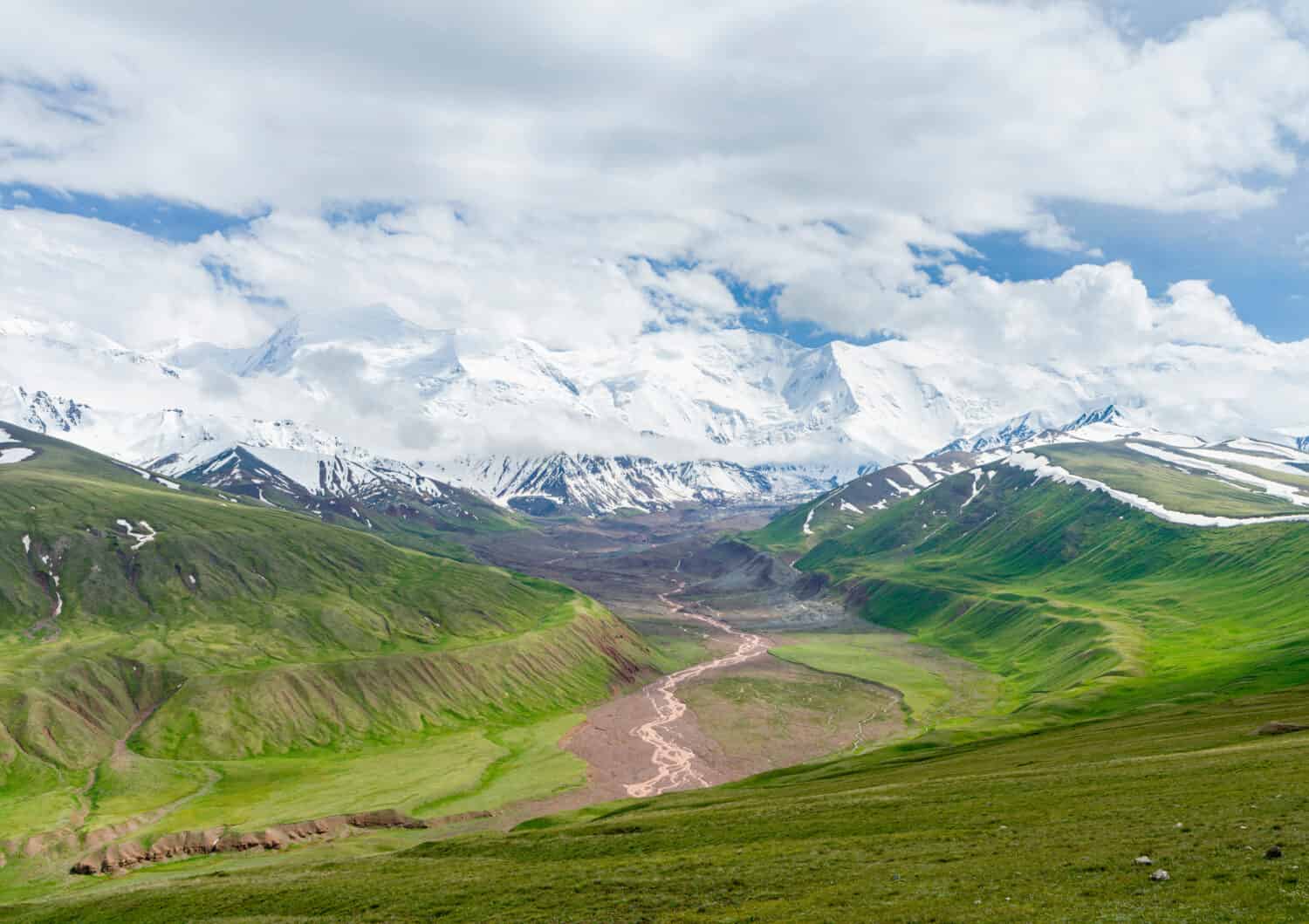
People who speak Sarikoli live in the Pamir Mountains and are ethnically Iranian, although they are officially referred to as Tajiks in China.
©Danita Delimont/Shutterstock.com
Members of the Pamiri ethnic group in Xinjiang, China, speak Sarikoli, which is classified as a southeastern Iranian language. Although China refers to this group as Tajiks, their language is as closely related to the dominant language spoken in Tajikistan as it is to other Pamir languages. The majority of Pamiris are Muslim, mainly Ismaili Shia.
About 16,000 people still speak Sarikoli today. This figure represents just a little less than the estimated population of Pamiri in this region of China. The Sarikoli language does not have a script.
10. Hawaiian – 26,000 speakers
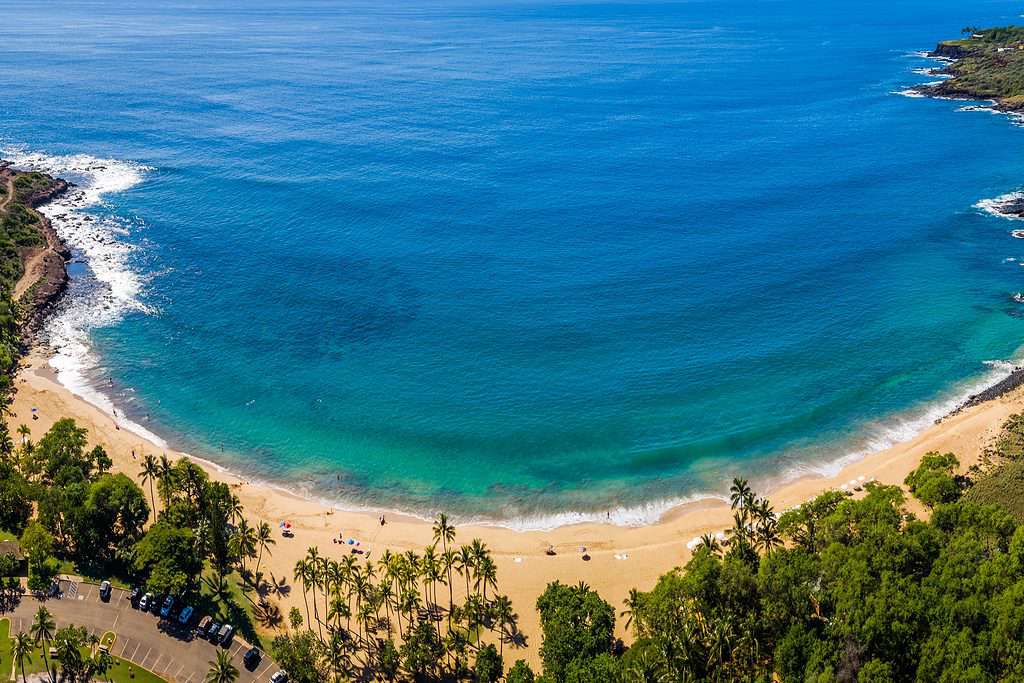
Programs to encourage Hawaiian language acquisition among native Hawaiian populations have been very successful.
©Russell deJetley/Shutterstock.com
Hawaiian is a Polynesian language spoken on the islands that make up the state of Hawaii in the United States. It is an indigenous language that was once used by the entire general public, including foreigners and other local ethnic groups. However, English largely supplanted the use of Hawaiian following the colonization of Hawaii in 1898.
Today, more native Hawaiians learn and speak Hawaiian thanks to efforts to bring it back from a critical precipice. In the 1980s, people realized that fewer than 50 children spoke the language, which drove educators to establish more schools in Hawaiian. Despite its status as one of the official languages of Hawaii, Hawaiian remains in critical danger, with around 26,000 speakers.
11. Saami – 25,000 to 35,000 speakers

The indigenous group known as the Saami speak Saami languages and traditionally herd reindeer in the Arctic Circle.
©iStock.com/Artpilot
Saami speakers traditionally live in some of the coldest parts of the world and herd reindeer for a living. Also sometimes referred to as Lappish, Saami individuals now see this term as derogatory. Saami languages include ten distinguishable Fenno-Ugrian languages. Most Saami speakers live in the north of Norway, Sweden, and Finland. However, speakers of Saami also live in bigger cities.
Estimates suggest that anywhere from 25,000 to 35,000 people speak one of the Saami languages today. With an estimated 100,000 ethnic Saami, at least one-fourth of the indigenous population speaks the indigenous language. However, with such a small portion of the world speaking it, Saami remains one of the world’s rarest languages.
12. Kalaallisut (Greenlandic) – 50,000 speakers

Kalaallisut is the official language of Greenland, although many people also still speak Danish.
©muratart/Shutterstock.com
An Inuit language, Kalaallisut is spoken primarily in the country of Greenland. In English, people call Kalaallisut Greenlandic. The language comprises three major dialects: West Greenlandic, East Greenlandic, and North Greenlandic. The language of Kalaallisut has been the official language of Greenland since 1979.
Despite being one of the world’s rarest languages, Kalaallisut has flourished thanks to years of use in newspapers, education, and more. Around 50,000 language speakers live in Greenland, with others living outside the country.
13. Ladino – 60,000 speakers
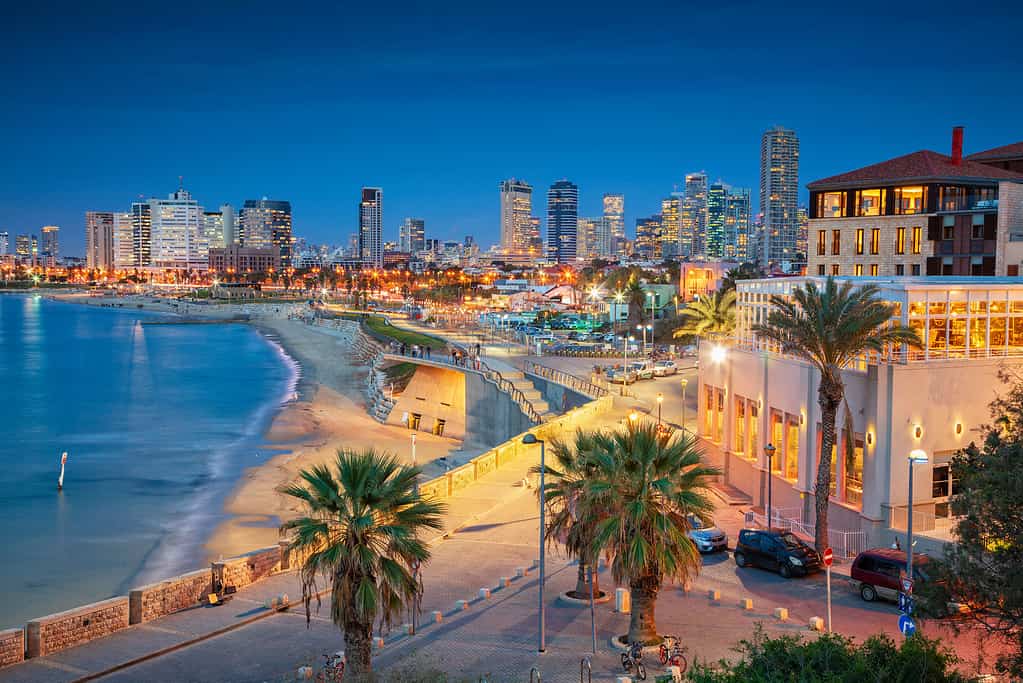
Many Sephardic Jews now call Israel home but lived in Spain hundreds of years before expulsion.
©RudyBalasko/ via Getty Images
Also known as Judeo-Spanish, Ladino refers to a Hispanic language spoken by Sephardic Jews in Spain. The language developed from Old Castilian Spanish and included elements of both Hebrew and Aramaic. It only became a separate language spoken specifically by Sephardic Jews after their expulsion from Spain in 1492.
Sephardic Jews speaking Ladino once made up the largest Jewish population in the United States before immigration from German and Eastern European Jewish communities. Today, the largest population of Ladino speakers live in Israel. Estimates put speakers between 60,000 and 130,000, which may be an exaggeration of fluent speakers.
14. Shelta – 90,000 speakers
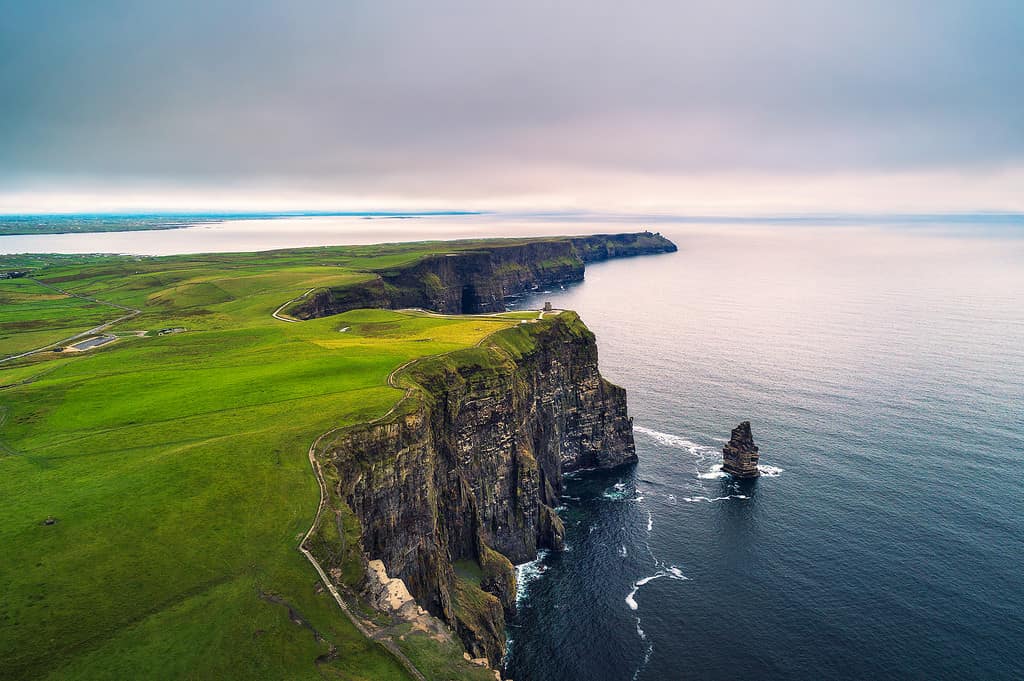
Irish Travellers living in Ireland still speak Shelta, also known as Gammon or Cant.
©miroslav_1/iStock via Getty Images
Linguists gave the name Shelta to the language known as Gammon by Irish Travellers. Irish Travellers speak the language in England, Ireland, and the United States. Outsiders refer to Shelta as Cant. Shelta continues to draw widely from English and Irish, as well as from Romani, the language of the Roma people. Irish Travellers, an itinerant ethnic group known for moving around and not settling in one place, developed Shelta as a secret language.
Estimates put the number of Shelta speakers at 90,000 worldwide. Keeping track of Shelta speakers remains a problem due to the frequent movement of speakers. England only recognized Irish Travellers as an official ethnic minority in 2000 and Ireland in 2017. Many Irish Travellers do not practice the traditional way of life they used to, which may make language transmission more difficult today.
15. Gagauz – 140,000 speakers
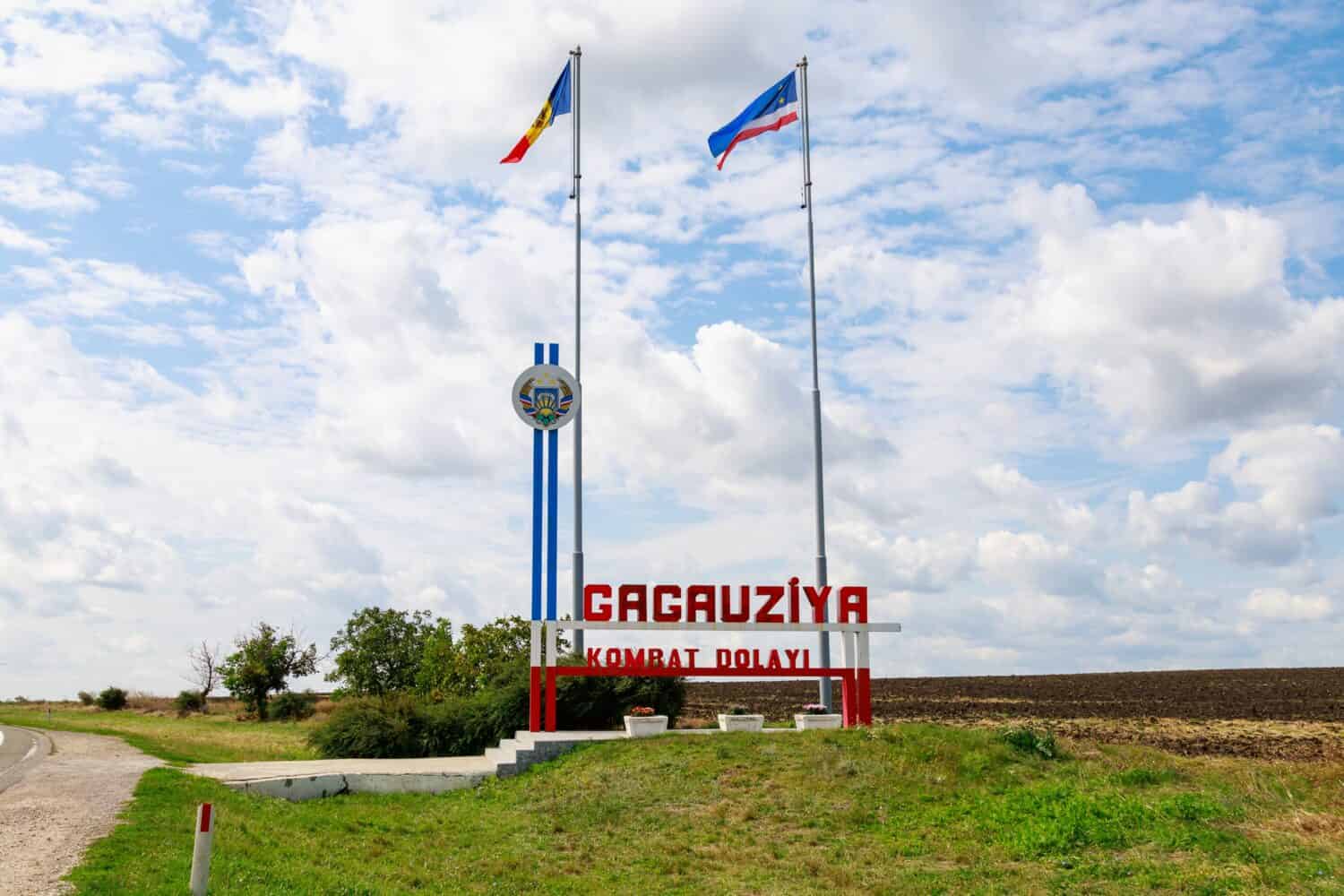
People in several areas of Eastern Europe speak the Gagauz, including Moldova, the official language of Gagauziya.
©Gagarin Iurii/Shutterstock.com
Gagauz, spoken primarily by Eastern Orthodox Christian Gagauzians, is one of Europe’s minority languages. Although initially using the Greek and Cyrillic alphabets, Gagauz now uses a modern Latin-based alphabet. It is a Turkic language related to Turkish, Turkmen, and Azerbaijani.
One hundred forty thousand people speak Gagauz in Moldova, Ukraine, Bulgaria, Greece, and other countries in the same region. In 2010, UNESCO included Gagauz as a potentially vulnerable language due to the predominance of Russian and other languages, particularly in Moldova, Ukraine, Bulgaria, and Greece.
Summary of 15 of the Rarest Languages Still Spoken Today
| Rank | Language Name | Location | # of Speakers |
|---|---|---|---|
| #1 | Tsuut’ina | Canada, specifically in the province of Alberta | 17 speakers |
| #2 | Kallawaya | Bolivia | ~100 speakers |
| #3 | Jedek | Malaysia | 280 speakers |
| #4 | Istro-Romanian | primarily Croatia | ~500 speakers |
| #5 | Tlingit | Southeast Alaska and Western Canada | 500 speakers |
| #5 | Cornish | England | 563 speakers |
| #7 | Udi | Azerbaijan, Georgia, Russia, and Armenia | 8,000 speakers |
| #8 | Tsez | Russia and Georgia, specifically the Caucasus Mountains | 14,000 speakers |
| #9 | Sarikoli | Xinjiang region of China | 16,000 speakers |
| #10 | Hawaiian | United States; most in the state of Hawaii | 26,000 speakers |
| #11 | Saami | northern parts of Finland, Norway, Sweden, and the Kola Peninsula of Russia | 25,000 to 35,000 speakers |
| #12 | Kalaallisut (Greenlandic) | Greenland | 50,000 speakers |
| #13 | Ladino | Sephardic Jewish minorities in around 30 countries | 60,000 speakers |
| #14 | Shelta | England, Ireland, United States | 90,000 speakers |
| #15 | Gagauz | Moldova, Ukraine, Russia, Bulgaria, and Turkey | 140,000 speakers |
Thank you for reading! Have some feedback for us? Contact the AZ Animals editorial team.

